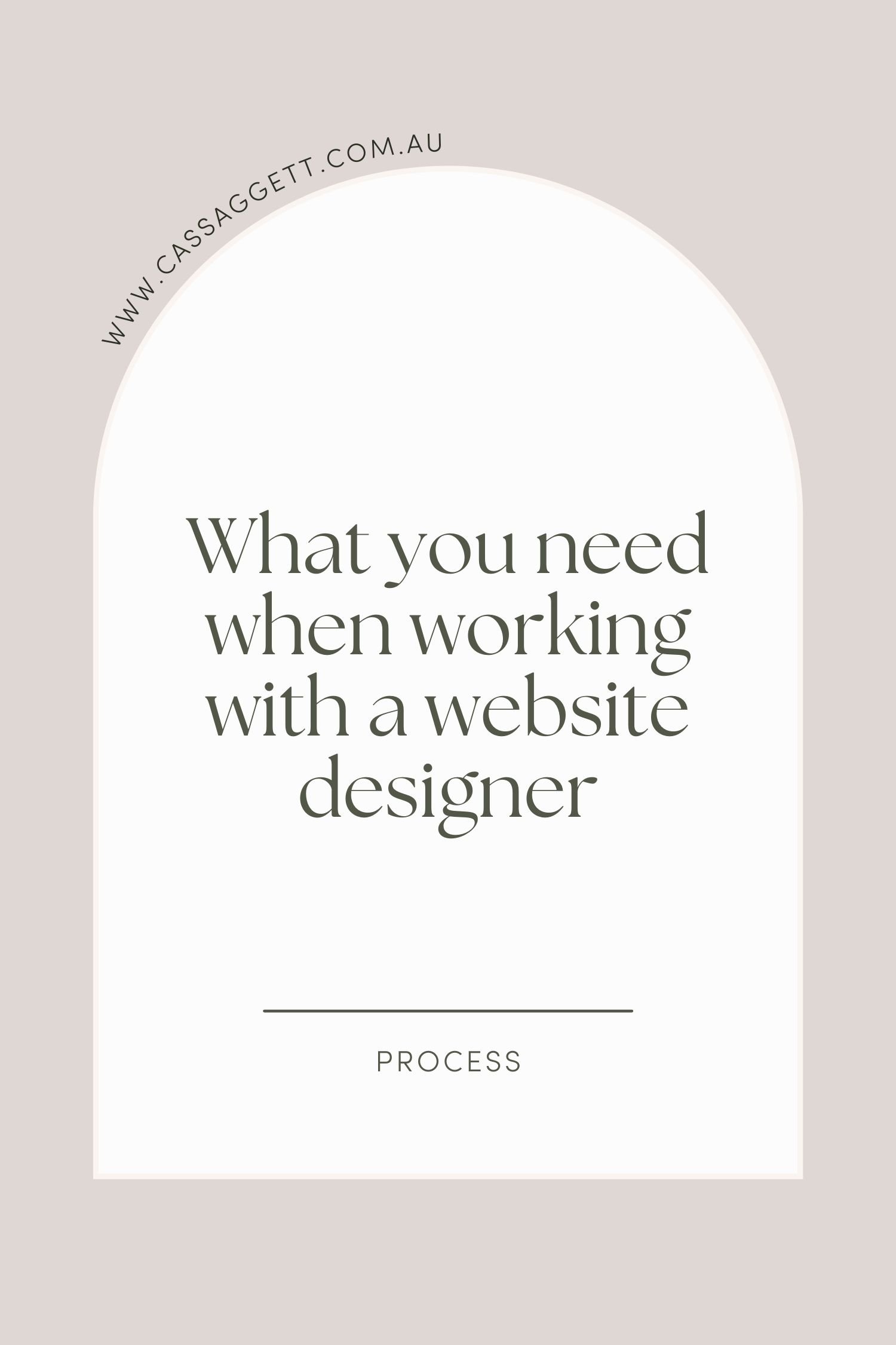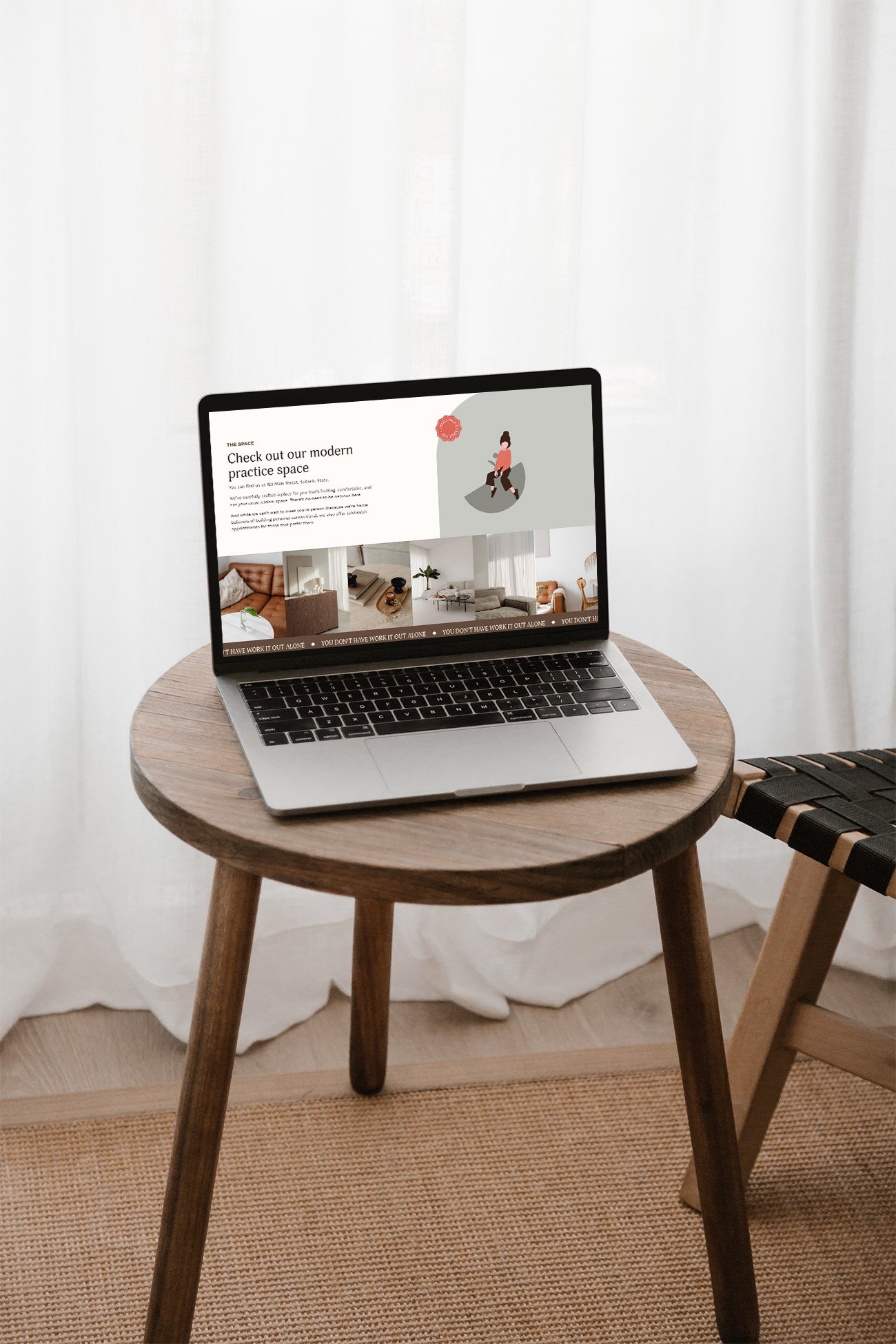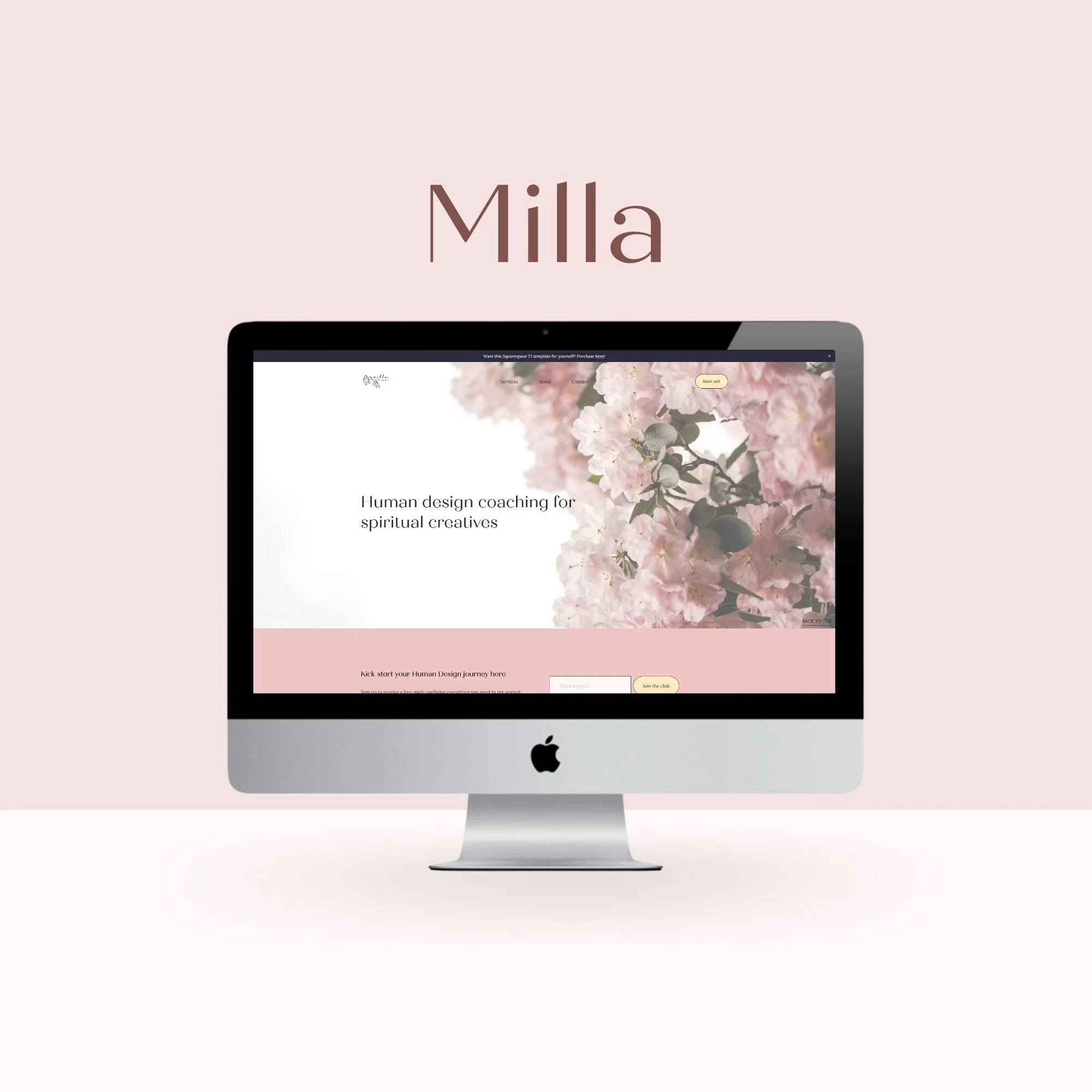Five things you’ll need when working with a website designer
If you’re like many other women entrepreneurs, you’ve started with a DIY effort for your small business’s website. And it’s generally the most sensible option until you get your business up and running. There’s often not much justification to spend a good chunk of coin on professional website design when you’re still working out who you are, how you want your business to be perceived, and who your dream client is.
After a while though, it’s likely that:
your business has grown and you’d like to be taken more ‘seriously’
you’ve refined what you’re offering and can clearly articulate what your clients get out of working with you
and you’ve better defined your ideal client, so you’re no longer wanting to appeal to anyone and everyone but a specific kind of person.
When you get to that point, it makes much more sense to invest in custom website design because you know what you need — you’re no longer in trial and error mode to see what works best for you.
So if that’s where you are now, you might be considering working with a website designer to get yourself a brand new website – yippee!
Here are five things you’ll need when working with a website designer:
Website platform
The website platform is where your website is hosted. Think Squarespace, Shopify, Wordpress. There are so many options, but ultimately it comes down to the functionality you need.
Many designers work with one or a select few platforms, rather than all of them. Personally I love Squarespace because of how easy it is for small business owners to keep updated on their own, but with the flexibility to create beautiful websites.
Squarespace is perfect for service-based business or those with a smaller number of products for sale – and these can be physical, digital or service products! There’s also excellent integration with Scheduling products, so clients can pay and book into a time on your calendar in one go.
For ecommerce businesses, your best bet is likely going to be Shopify or Wordpress with WooCommerce. This is because these platforms are built to handle a much larger inventory, with more advanced shipping options. There are also an endless number of other integrations available for Wordpress, but the learning curve is a bit higher and you’ll need to stay on top of plugins and other updates to ensure the security of your site.
If you’re not sure what’s right for you, it may be worth having a chat with a designer of your choice to see if what you need will fit the platforms they work with, or if they’d recommend something else for you.
Branding information
This is one of the first things your website designer will ask for when you start working together. If you've already got your business branding sorted then this will be easy! All you'll need to do is share your logo files and brand guidelines with your designer so they’ve got all the details about your brand fonts and colours to use on your website.
You’ll also need to let your website designer know things like who your ideal client is, how you want them to feel when working with you, etc. This will help them when planning how to best design your website.
When you work with me on your branding and website, I start with a questionnaire to get to know you and your business first. Things like why your created your business and why that was important to you, and your values, among other things. Having this information upfront ensures your website design reflects you and your business accurately, while also being geared toward your dream clients.
Website content
Your website content is the next thing your website designer will ask you for. ‘Content’ is a pretty broad term, but basically this is all the pages, text, images and video you want on your website.
This is typically shared using a platform like Google Drive, where you can keep everything organised. You can create a folder for each page of your site, and in each folder save your text and images – that way you designer won’t be guessing which pages you wanted each image on.
If providing images to your designer, make sure they’re good quality – small images generally won’t look good on a website, as they’ll stretch out and become pixelated or blurry. Sorry, that’s a no-go to screenshots from your phone!
If you’re working with me on your first website, or wanting to refresh some content but would like some guidance, I've got an in-depth workbook for you to go through that outlines what you can include on each page and each section of the page, along with some examples.
Not quite at the stage of working with a designer yet? You might like to check out my New Website Lifesaver, which is a free guide I created that outlines what you can include on each page of your website as a service provider. I also go into whether a one-page website or multi-page site could work for you. You can download your copy here.
Access
If you have any existing accounts related to your website, your designer will need access to these. In Squarespace, this is as easy as adding someone as a contributor with administrator permissions.
It’s not just your website though. You may also need to provide access to things you’re your domain host, email marketing provider, scheduling provider, etc. so they can all be linked to your website properly.
Some providers make it really easy to provide someone access – like GoDaddy, where you can share permissions with someone. For not-so-easy to share platforms, I recommend using an app called LastPass to securely share access – this way we don’t see your login details.
Side note: If you’re getting a new Squarespace website but don't already have an account, don’t create one just yet – why? As a Squarespace Circle member, I can start your website trial for you and when you’re ready to make your site public, you’ll automatically receive 20% off your first year’s hosting fee! Then we’ll transfer site ownership over to you.
Your feedback
Last but not least, your feedback is absolutely essential to working with any designer on a project! Detailed feedback and clear communication ensure everything is set up just the way you need it.
And generally the quicker you're able to send through any feedback during the process, the quicker you'll come away with your brand-spankin' new website (and branding if you're doing that too)!
So there you have it – the five things you’ll need when working with a website designer on your new site.
If you’re keen to work with me on a Squarespace website, I’d love you to get in touch and we can chat about what you’re after.
















